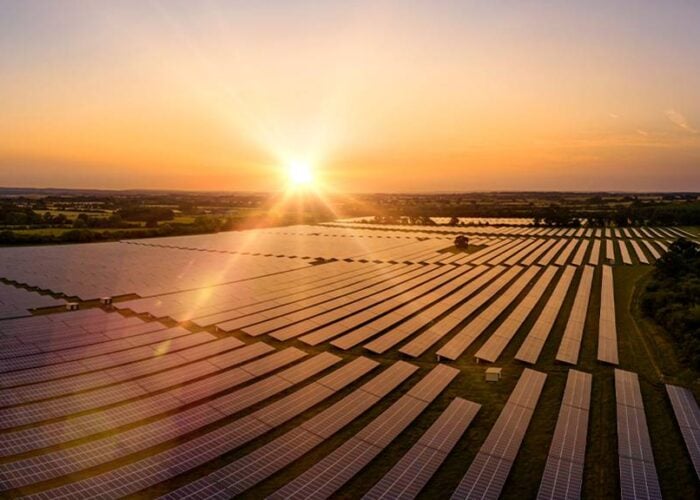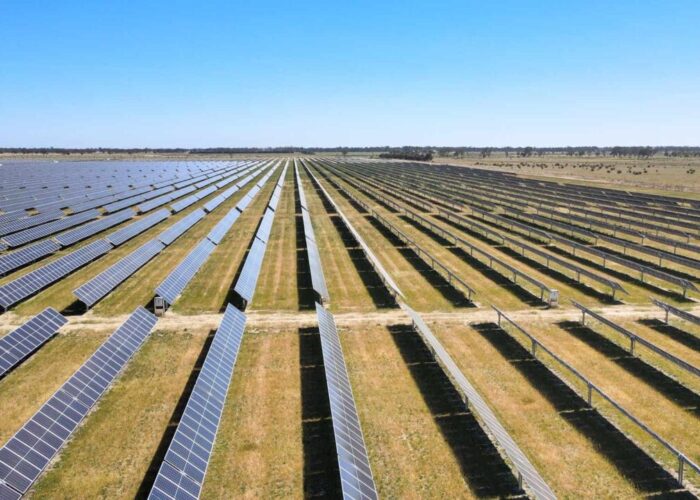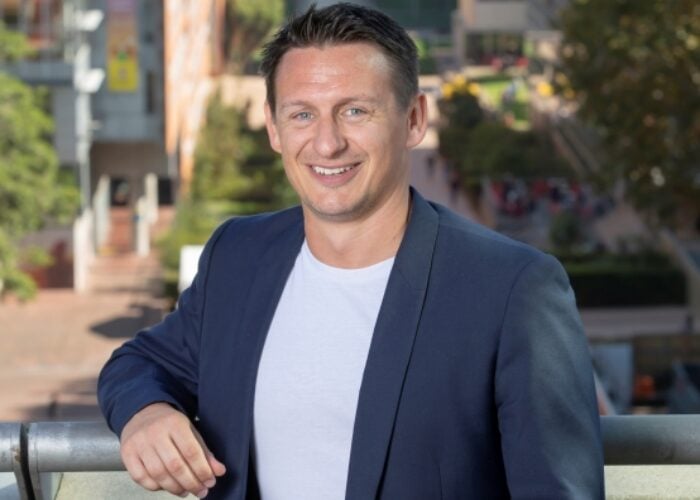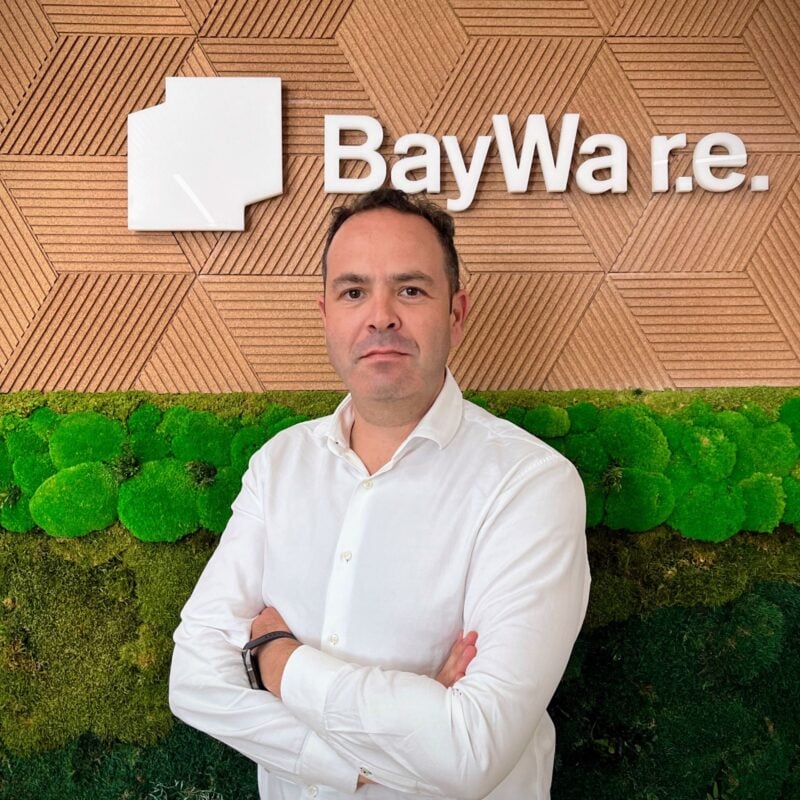
Grid constraints are one of the more pressing challenges for the renewables industry globally.
As solar PV and wind projects are being built at a much faster pace than the grid, developers face issues such as grid-connection backlogs, curtailment growth and the need to co-locate energy storage with solar PV, among others.
Unlock unlimited access for 12 whole months of distinctive global analysis
Photovoltaics International is now included.
- Regular insight and analysis of the industry’s biggest developments
- In-depth interviews with the industry’s leading figures
- Unlimited digital access to the PV Tech Power journal catalogue
- Unlimited digital access to the Photovoltaics International journal catalogue
- Access to more than 1,000 technical papers
- Discounts on Solar Media’s portfolio of events, in-person and virtual
Or continue reading this article for free
A report from think tank Ember on the European grid, published in March 2024, highlighted that 19 countries in the region underestimated the deployment of solar PV by 200GW by 2030.
“We need more grid, but there are a lot of challenges and hurdles in expanding the grid,” José Andrés Visquert, global head of grid at renewables developer BayWa r.e., tells PV Tech Premium. “I’m not talking about just who is financing the grid expansion. I’m talking about how we’re going to permit, develop and build this infrastructure. One of the biggest problems we see is that the speed of grid expansion is much slower than the expansion of renewables penetration.”
Visquert adds that one of the solutions would be to expand the grid as quickly and efficiently as possible, and with anticipatory investment in, or identifying areas of, potential renewable energy resources.
“These are areas where we definitely know that there will be a lot of renewables and we build the grid there before renewable energy applications are proposed,” explains Visquert, adding that many measures exist that can be put in place in between ahead of the grid being ready.
“That’s where flexibility comes into place.”
Flexible connections
Another way to deal with the increase in grid connection applications while the grid gets ready is through flexible connections. This is a concept that is used in certain countries, says Visquert, and works in the following way:
“[Let’s say that] I’m the DNO (distribution network operator) or the TSO (transmission system operator). I can give you a grid connection by 2030 because that will be when I will be able to submit my infrastructure for planning, generate and procure the components and make it ready for you. But I’m able to connect you now if you accept that my network will be constrained during certain periods of time, during some days of the year, or during some hours of the day, and I will disconnect you.”
Visquert sees this solution as a positive outcome for a solar developer or independent power producer as it allows the company to include this in the investment model of a project and decide if it would be financially viable or not.
“Battery storage, 100% for sure, will help decongest the grid. Because that generation which cannot fit into the system or into the network, will be absorbed by the battery storage.”
When speaking about flexibility, it would be impossible not to mention battery energy storage systems (BESS), which Visquert calls “the queen of flexibility”. Yet, the challenge with this technology is that in countries like Spain, where the legal framework is still unclear, it creates uncertainty.
The UK leading in grid management
Aside from flexibility, grid management is also an important way to better assess a country’s or region’s grid availability. One of the countries which recently remodelled how it reviewed grid connection applications is the UK.
Among the actions in the Clean Power 2030 Action Plan to reach the goals of Clean Power 2030 (CP30), the UK aims to reform its electricity grid, which has nearly 750GW of capacity in the grid connection applications in the queue. The CP30 explicitly targets 200GW of installed capacity by 2030.
Visquert explains that the approach from the UK government and state-owned organisation National Energy System Operator (NESO) aims to change from a “first-come, first-served” approach to a “first ready, first needed” approach. Going from one approach to the other helps remove the speculation from companies that would have otherwise registered grid applications ahead of knowing the viability of a project and if they would go ahead with its construction too.
Implementing more concrete concepts that favour a project’s viability rather than awarding the first person who comes could solve the issue of speculation seen in other countries such as Spain or Greece, says Visquert, adding: “The concept is quite positive. It’s very well received in the market.”
A developer with a grid department
The challenge of the grid and grid connection has been an issue identified by BayWa r.e. years ago, explains Visquert, adding: “Grid had become one of the main bottlenecks for project implementation, both during development phase and execution.
“Grid connection had started becoming more and more complex, requiring connections onto the higher voltage levels of the network and often requiring reaching agreements with neighbouring developers.”
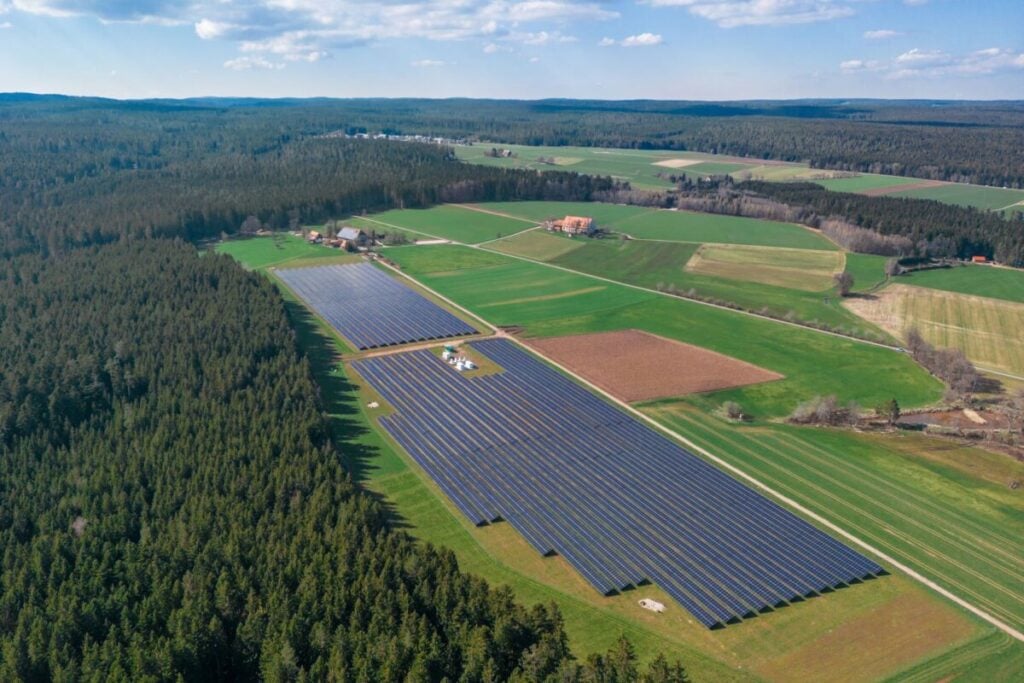
To tackle that challenge, in 2021 the German developer created the grid team that Visquert is currently leading, while also developing a comprehensive grid strategy. Its numbers grew from five people working globally on grid matters in 2021 to more than 40 engineers and project managers fully integrated in the company’s projects, says Visquert.
His department works in four directions, apart from the delivery of grid connections for the company’s projects.
These are standardisation of assets, which allows the company to improve engineering processes; long-lead items supply management, which allows BayWa r.e. to gain efficiencies from cost and manufacturing time; an internal network of ‘subject matter experts’; and representing the company in industry forums and trade bodies, such as SolarPower Europe, with active involvement in public consultation and policy development.
Curtailment issues
Co-locating BESS with solar PV or even as a standalone project could also help alleviate an increasing issue in many countries: curtailment. With renewables being added at a faster pace than the grid is being expanded or improved to allow for more capacity, solar PV and wind curtailment were on the rise last year.
Frequent readers of PV Tech might remember that Chile saw its curtailed solar PV and wind more than double in 2024, with almost 6TWh of curtailed capacity.
In Greece, because of the fast additions of renewables to the grid, curtailed capacity is set to keep increasing in the coming years. When PV Tech spoke with Sotiris Kapellos, chairman at HELAPCO and chief operating officer at HELLENiQ Renewables in June 2024, he said that BESS was a means to “partially” tackle curtailment issues in the country.
“In Greece we are seeing curtailment, but not as critical as in Spain, for example. It looks like in Greece it is going to become a very serious issue this year and in the following years,” explains Visquert.
Spain’s curtailment issue might see a temporary relief with the dismantling of several nuclear power plants in Extremadura – a region where much solar PV capacity is located – before 2030, says Visquert. However this will only be a short-term solution that will need to be improved in the longer term, and Visquert suggests increasing interconnections with other countries could help.
“How Spain is going to fight curtailment? By increasing the interconnections with other countries. We need more interconnectors. Although we have interconnectors with France, we are still an island. Sometimes, we benefit from this. When Europe has really high prices, we can just contain this spike in the prices, but at the end of the day, we need more interconnectors, and that’s the only way we can achieve that [reducing curtailment].”
Redefining grid capacity
Visquert concludes that there needs to be a rethink on how DNOs and TSOs define and calculate a grid’s capacity.
“That’s important, and we are seeing some effects in Spain now with the new detailed specifications for generations. We’re seeing more grid capacity being available into the grid.”
This is in addition to using other technologies, such as dynamic line rating (DLR), to help improve the function of the grid.
“It means that you can get more power out from an overhead line if it’s cold or if it’s windy,” explains Visquert. “There’s a variation on the performance of the record line or the maximum capacity it can export depending on the weather conditions.”
According to Visquert, several TSOs and DNOs in Europe are working on pilot projects to calculate the capacity an overhead line can export depending on the weather, which most of the times offers extra grid capacity.
“Dynamic line rating would be something that could release not a huge amount of gigawatts, but can make it work,” concludes Visquert.


